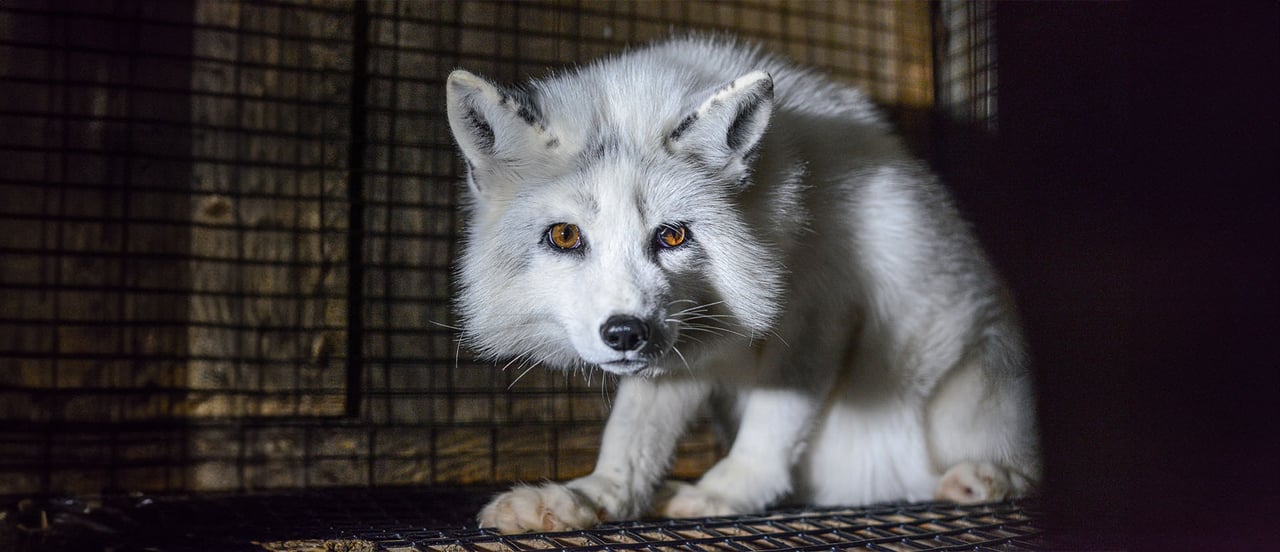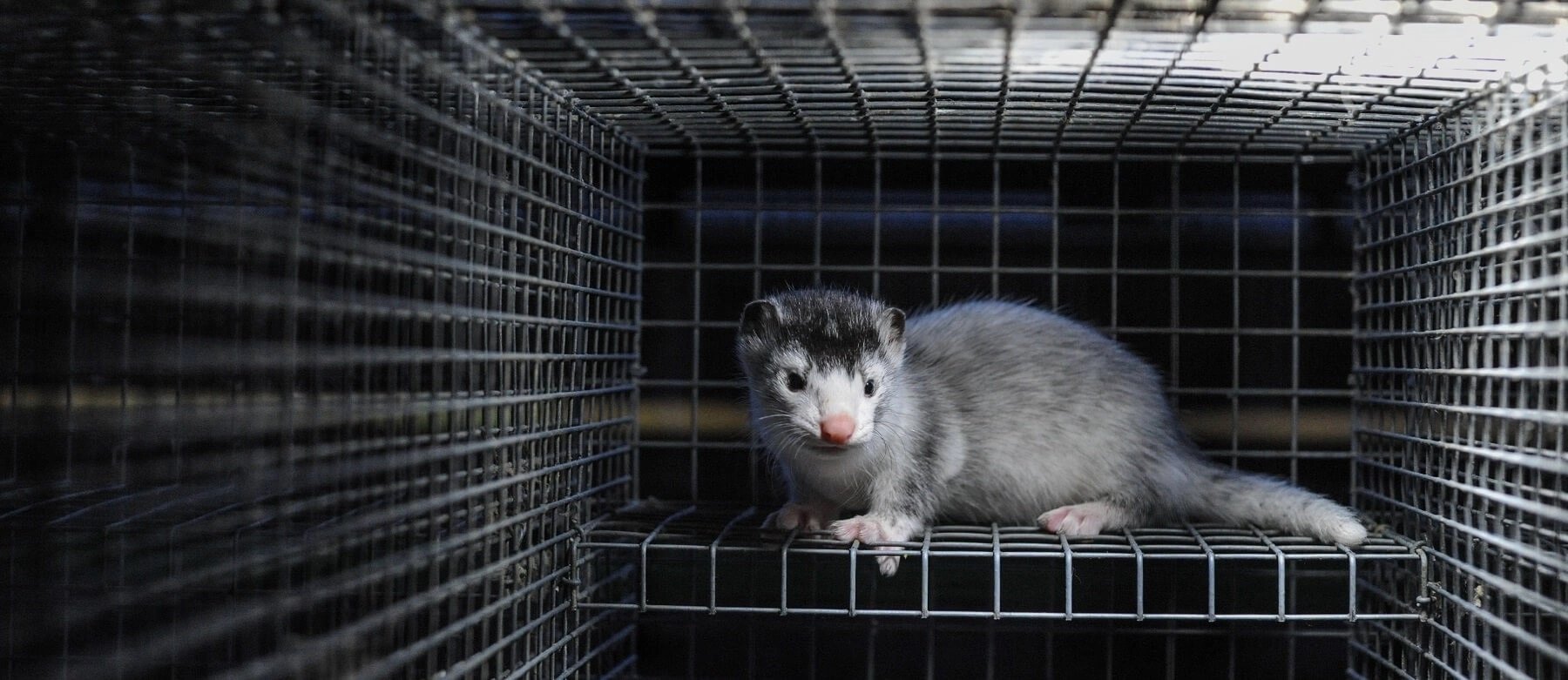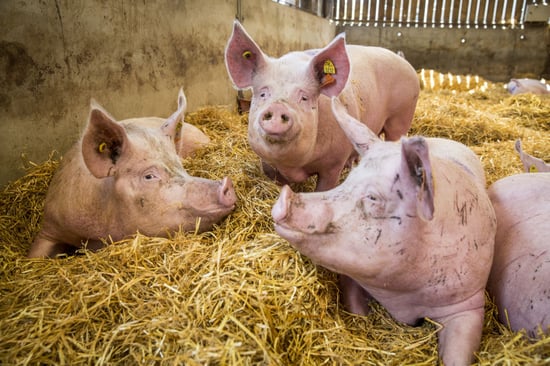Cruelty is out of Fashion
Read our 'Cruelty is out of Fashion' report and learn how millions of wild animals suffer every year for the profits of fashion brands.

Each year, millions of wild animals suffer through exploitation and slaughter for the profits of fashion brands that have not progressed to more innovative and humane fashion alternatives.
Increasingly, fashion shows and brands are choosing to transition away from cruelty, enacting sustainability, social and animal welfare policies to keep up with growing consumer demand for more sustainable, ethical and animal-friendly fashion.
Melbourne Fashion Week has been free of wild animal fur and skin since 2018, and recently updated its policy. Meanwhile, Sydney's Australian Afterpay Fashion Week has no policies in place to protect wild animals.
Disappointingly, of the four major international shows - London, New York, Milan and Paris - just London has banned fur. Even with the lack of action from many of the fashion weeks, fashion brands are implementing their own policies to protect wild animals.
To avoid becoming 'out of fashion', fashion week organisers need to keep up with the brands they exist to celebrate.

Image credit: Jo-Anne McArthur / We Animals Media
There's no way to transform a wild animal into a coat, bag or shoe without causing immense suffering.
It’s time for the industry to align its practices with community expectations.
The trade of wild animals is cruel, unsustainable and unnecessary. Not only is it a source of immense suffering for millions of animals, it also puts our environment and human health at risk.
The use of wild animals for fashion in dominated by three categories: the fur trade, the skin trade and the feather trade.

Where these bans cannot be achieved immediately, a clear, public timeline for discontinuing their use should be announced.
Any fashion festival or brand committed to relegating wild animal exploitation for fashion to history are encouraged to contact Collective Fashion Justice and World Animal Protection for discussion and support in doing so.
The fashion industry must ask itself whether it will be a leader to protect wild animals, biodiversity and the planet, or if it will continue to profit from their harm and destruction.
Please support us as we call for brands and events to implement fur, skin and feather bans.
Read our 'Cruelty is out of Fashion' report and learn how millions of wild animals suffer every year for the profits of fashion brands.
Call on the Minister for Environment and Water, Murray Watt, to do the right thing for Australian crocodile welfare.
Take action today by signing our petitions and pledging to protect wildlife and farm animals.

Join thousands of animal lovers fighting to protect wildlife and give farmed animals good lives. Sign up now to receive emails with all the ways you can help.
Sign up